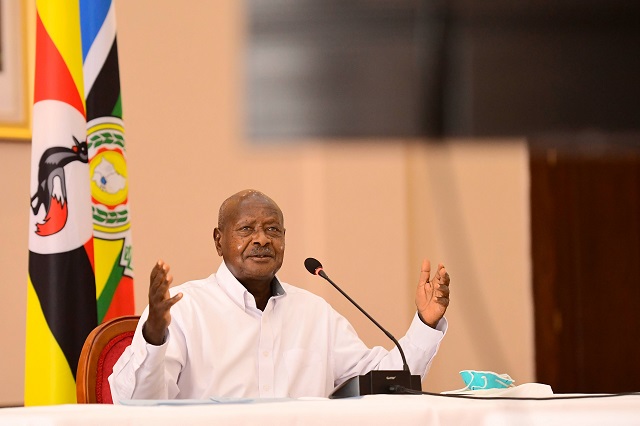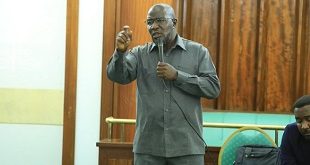
Kampala, Uganda | THE INDEPENDENT | Uganda’s micro, small scale entrepreneurs will have to wait a little longer before they can access the COVID-19 relief package that was promised to them in July this year. The government says it is still working on the modalities of managing the cash to ensure its success.
The relief package worth 200 billion Shillings was announced by President Yoweri Museveni about a month into the second COVID-19 induced lockdown, following an outcry that small scale enterprises would lose their livelihood as their businesses were shut.
The lockdown which lasted 42 days between June and August 2021 left many businesses crippled and others continue to suffer as some sections of the economy, including education, tourism, entertainment and bars, remain under lockdown. Although the president’s statement mentioned micro, small and medium enterprises as the ones to benefit from this package, the ministries responsible have since revised it to target small enterprises.
The Deputy Permanent Secretary/Secretary to the Treasury, Patrick Ocailap says the money will go to small enterprises because all the previous assistance has gone to micro, medium and large enterprises. “These are enterprises which employ five to 30 people, but others can be sole proprietors. They usually have a turnover of between five and 100,” says Ocailap.
Ocailap says that they have taken longer than they had expected because they realize there is a lot to do in planning for the funds to avoid any hiccups which have characterized previous ones.
The ministry, together with that of Trade, Industry and Cooperatives each have to agree on who of the two manages the funds, and which banks to dispense them. He says most commercial banks, as well as the government-owned Post Bank, Housing Finance and Pride Microfinance applied to participate.
The participating banks will raise a total of 100 billion Shillings while the government provides the other 100 billion. They also need to compile a list of beneficiaries and the interest rates.
The ministries and the leaders of the business community have agreed that this money should not be channelled through the Uganda Development Bank or the Microfinance Support Centre, due to the bureaucracy in the two institutions.
State Minister for Microfinance Haruna Kasolo says this fund was created as an emergency and that the category of people targeted might not be able to meet the requirements like those of the other scheme, Emyooga. For Emyooga, Kasolo says the target was people who were working and already had savings, the reason it was distributed through SACCOs.
Paying back is one of the issues that the authorities are debating on since the kind of businesses expected to benefit might not have the security required by the commercial banks.
John Walugembe Kakungulu, the Chief Executive of the Uganda Small and Medium Enterprises Association, says Emyooga will not bear the intended fruits because at the end of the process, what an enterprise gets cannot be adequate to revive a distressed business. He said that the announcement to disburse the cash is taking long but that they agree with what has so far been decided, including channelling it through commercial banks and giving it to individual beneficiaries, instead of SACCOS.
*****
URN
 The Independent Uganda: You get the Truth we Pay the Price
The Independent Uganda: You get the Truth we Pay the Price


